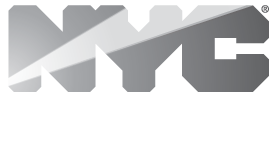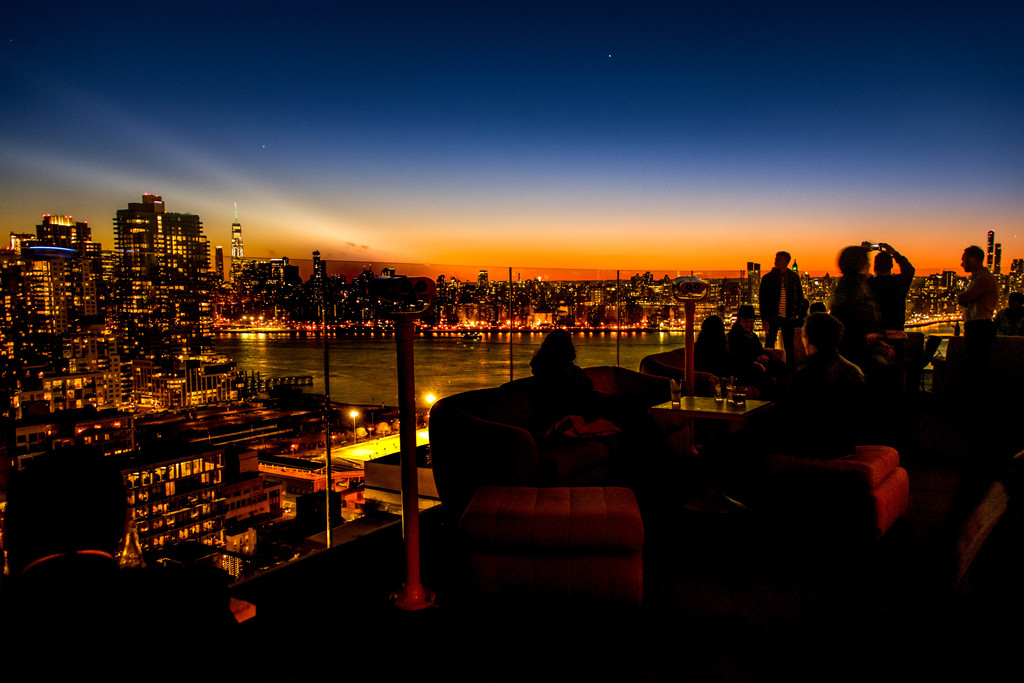Dashboard
View nightlife business characteristics and risk of permanent COVID-19-related venue closures for 17 New York City neighborhoods
Word Clouds for each neighborhood were generated from business descriptions (LiveXYZ) and customer reviews (Yelp).
The Total Risk Percentile is an averaged value of the five variables used to assess neighborhood risk.
Project Summary
Motivation
The unprecedented three-month shutdown resulting from Covid-19 has disproportionately affected the service and entertainment industries. Continued reports of long-standing venues permanently closing due to the extended shutdown illustrate both the sensitivity of these businesses to disruptions in the local economy, as well as expose the persistent barriers to operating these businesses face. One bar and restaurant owner describes the pandemic as “the straw that broke the camel’s back” in “an industry that has been dying for a long time” in Gothamist News. As dozens of culturally-rich NYC venues have already announced permanent closure in the past few months, MOME is urgently assessing the potential short- and long-term effects on NYC’s nightlife industry and developing a response to minimize business closures and lasting effects on the industry.
Problem Statement:
Due to Covid-19 closures and rising rent costs, many nightlife businesses face the risk of permanent closure. This analysis and dashboard intend to predict which neighborhoods are at the highest risk of permanent loss of nightlife, and characterize each neighborhood’s nightlife culture through text analysis to understand what is at risk of being lost.
Scope
New York City nightlife is a bustling $35.1 billion industry with world-renowned culture and community that draws people from all over the world. With rising rent costs, gentrification, and most recently, Covid-19 shutdowns, the NYC Mayor’s Office of Media and Entertainment (MOME) is exploring supportive policies that can help the nightlife industry recover, adapt, and thrive for years to come. By analyzing MOME’s Covid-19 survey and incorporating neighborhood factors known to affect the well-being of the nightlife industry, the team will develop an interactive dashboard that displays the neighborhoods predicted to be at highest risk of experiencing permanent nightlife cultural loss. Additionally, text analysis of widely used sources describing local nightlife will reveal each neighborhood’s defining cultural characteristics, thus contextualizing and humanizing potential losses.
Policy Implications
As New York City looks towards enacting evidence-based policies that support local businesses survive through this unprecedented era, this research and dashboard tool promotes equitable economic development.
The average risk percentile rankings reveals that the Manhattan neighborhoods below Central Park (Chelsea/Times Square, Lower East Side), as well as Long Island City/Astoria and the South Bronx are at less risk of seeing venues permanently close compared to the Manhattan neighborhoods above Central Park (Harlem and Inwood) as well as some popular Brooklyn neighborhoods, with Bed-Stuy/Bushwick being the most high-risk.
Key Takeaways
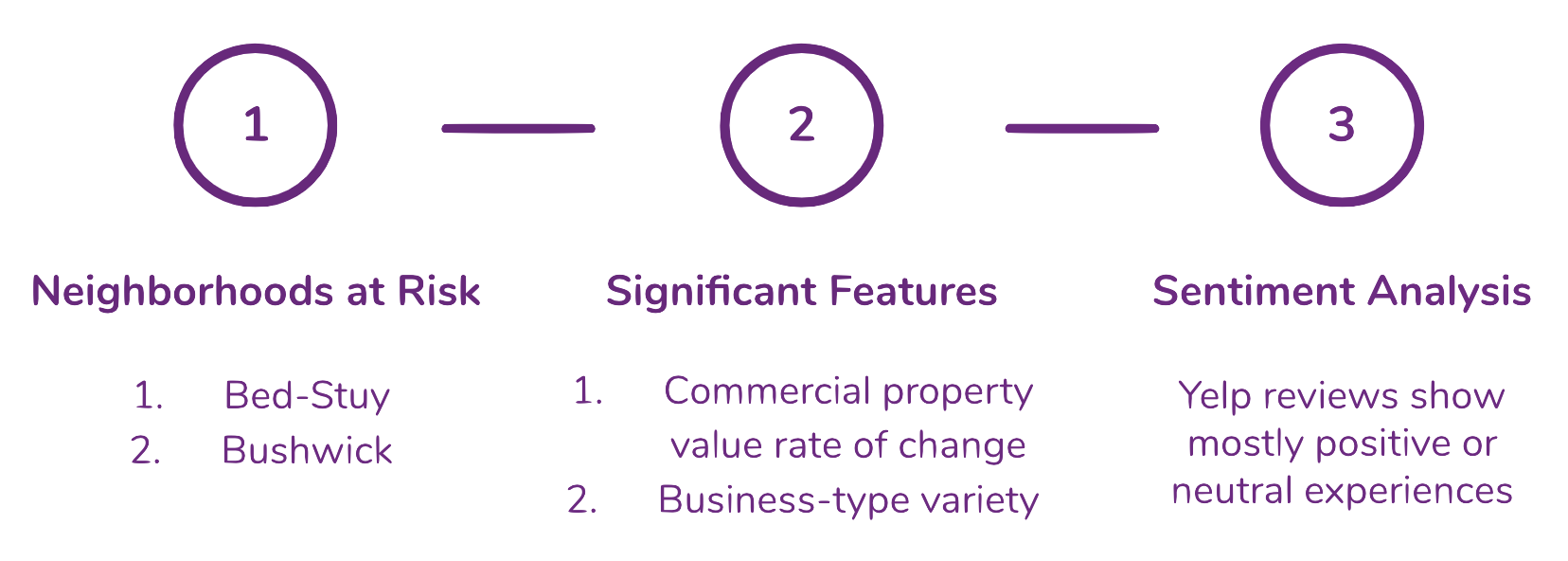
Data



NYC Open Data Portal
Property Valuation & Assessment DataCommercial real estate valuation data
from past five years

NYC Mayor's Office of
Media & Entertainment
MOME
Large-scale survey (14,000+ responses) conducted in March of the initial impacts of coronavirus on entertainment venues

BetaNYC
Open Business DirectoryOpen-source tables of restaurant status,
used in building validation dataset

Methodology
The following methods were used to predict the neighborhoods at highest risk of nightlife culture loss.
Neighborhood Selection: Identifying vulnerable nightlife centers
MOME's COVID-19 Impact Survey results, overlaid with LiveXYZ business data, guided the team in determining neighborhoods with highest overall data availability in Manhattan, Brooklyn, and Queens. Additional neighborhoods were chosen based on MOME concern.

Text analysis
The text analyzed stemmed from two main sources: LiveXYZ venue descriptions; and Yelp venue reviews, queried on the term "nightlife".
To gauge neighborhood profile, the team used word clouds to show the differences between the two sources as well as sentiment analysis (on the Yelp reviews) to see how customers viewed the venues.
The sentiment analysis reveals that patrons generally feel more positive or neutral to the venues they visit. Results can be viewed in the Neighborhood Profile Dashboard above.
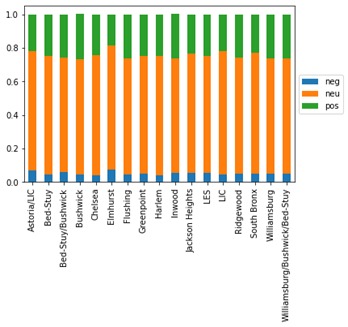
Risk Metrics: Interpreting how risk factors lead to nightlife venue closure
Considering the data sources available and research findings from existing literature, the five features expected to impact the risk of permanent nightlife loss are shown in the table below.
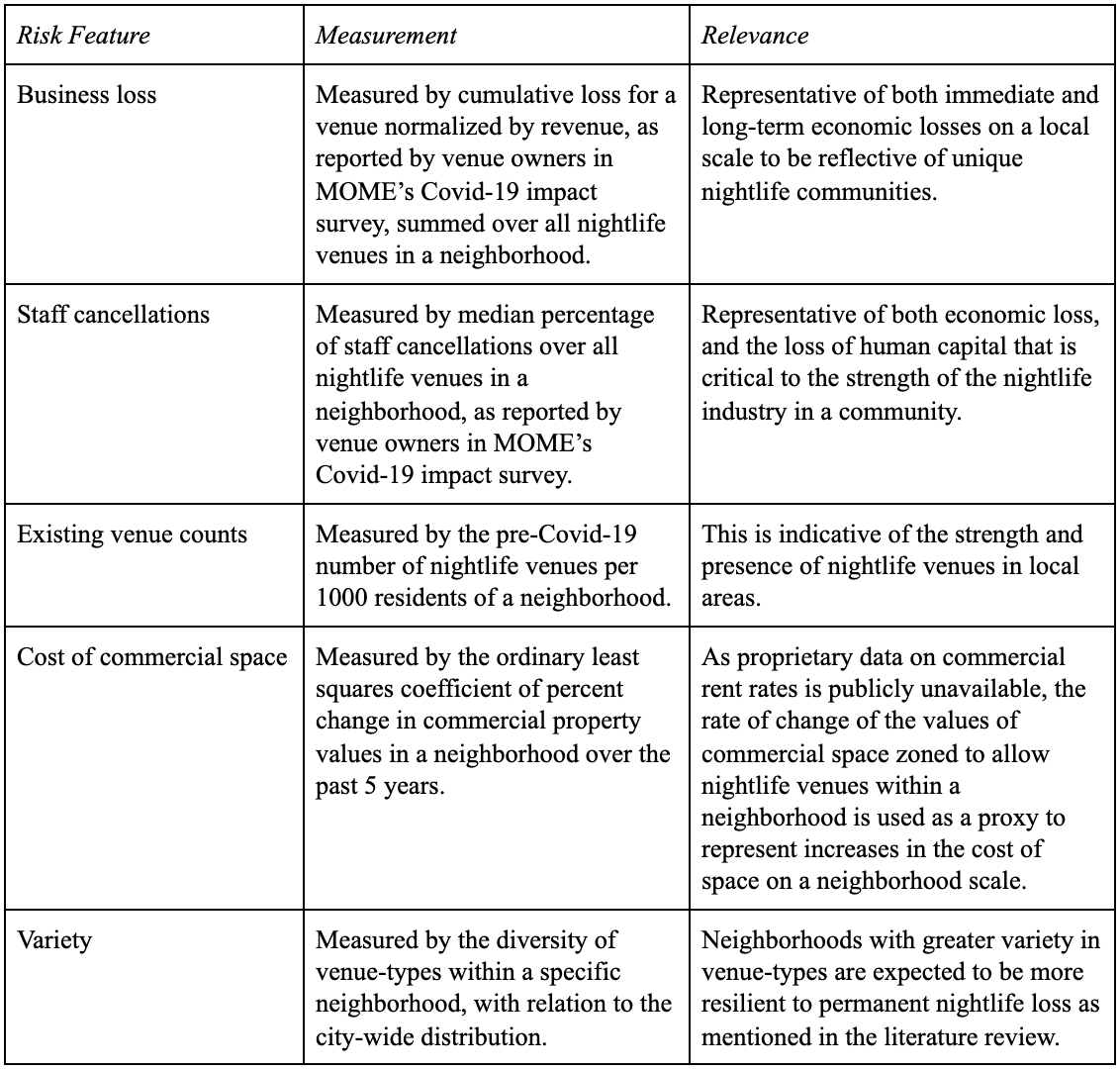
Gaussian Mixture Model: Uncovering the underlying patterns of nightlife vulnerability
Gaussian mixture analysis was used to understand additional underlying patterns, contextualize "outlier" neighborhoods, and summarize the characteristics of each cluster in more detail.
Four distinct clusters were identified. Chelsea clustered independently, likely because it had considerably more venues per capita than the other neighborhoods. The resulting clusters from GMM revealed clear patterns within each group of neighborhoods based on risk metrics.
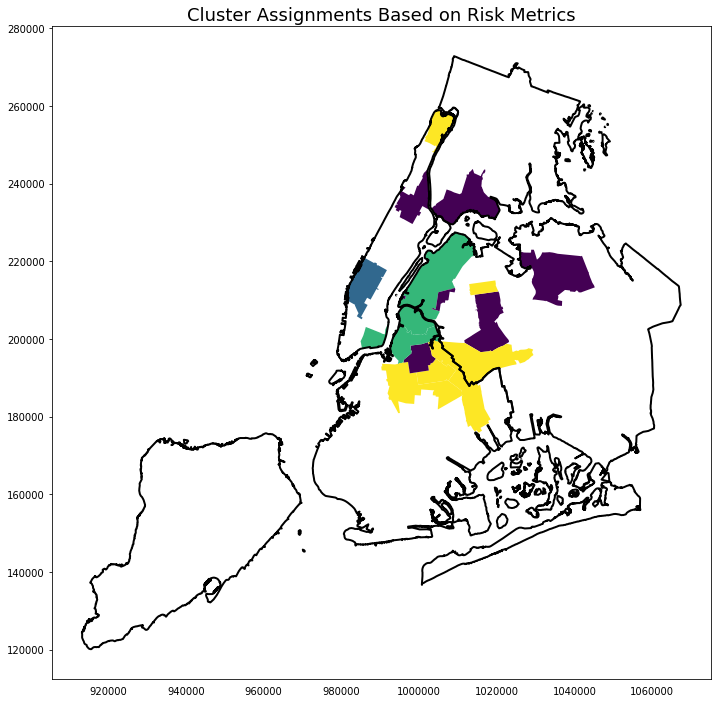
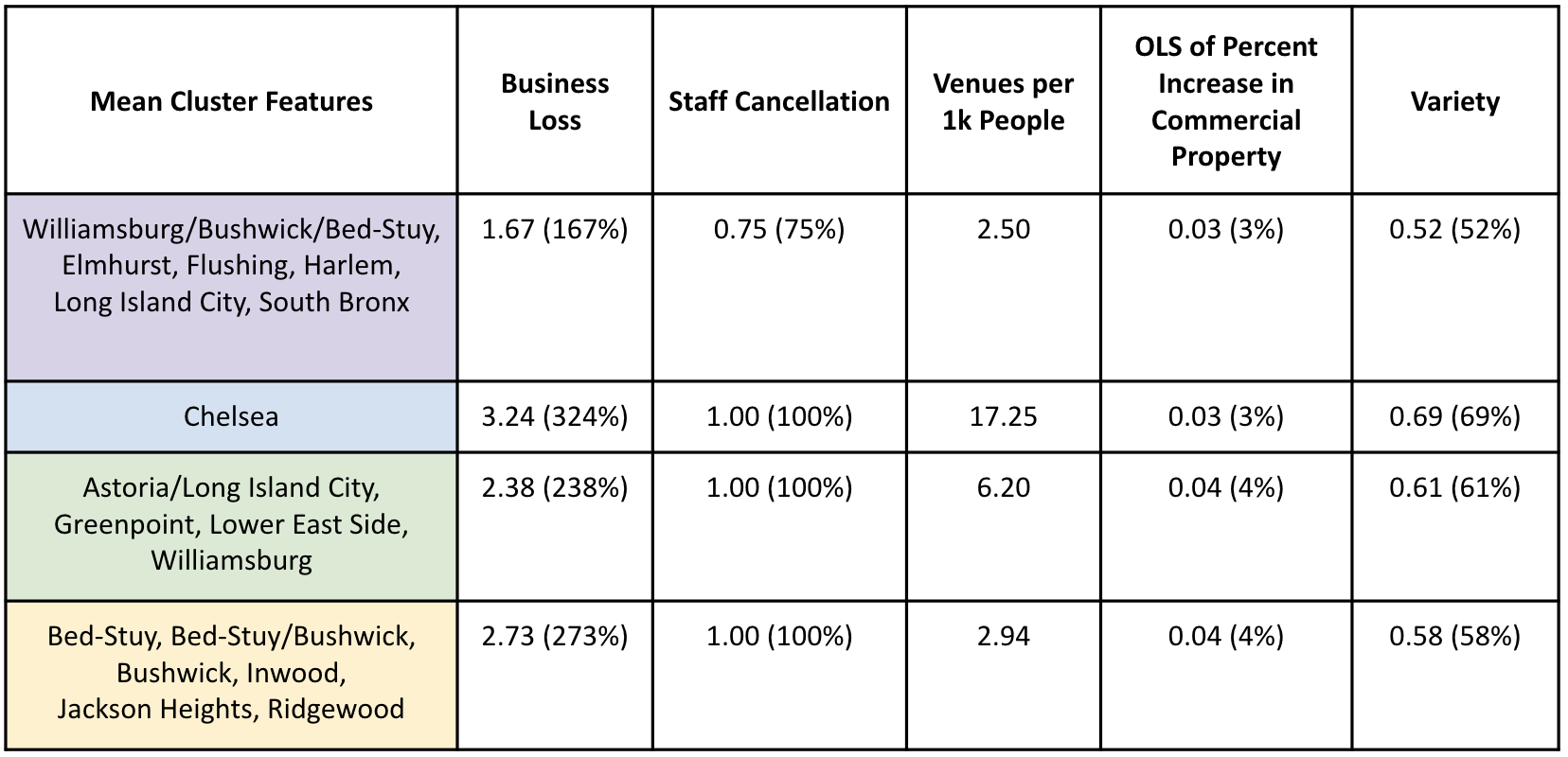
Validation Dataset: Building a robust validation dataset spanning New York City
BetaNYC, grassroot organizations, and volunteers have been working together to create an open source dataset of essential businesses and their statuses. As New York City undergoes a phased reopening, some nightlife venues are not able to rebound.
Using these sourced data, the team is building a validation dataset that can be used in training additional machine learning models to predict a venue's operational status.
Decision Tree Regression: Using decision trees to reveal most influential risk factors
Decision tree regression was used for its interpretability to gauge which risk factors can predict nightlife loss through venue closures.
Feature importance shows that OLS_PCT (the change in commercial real estate property value) is the most important feature in determining risk for closure.

